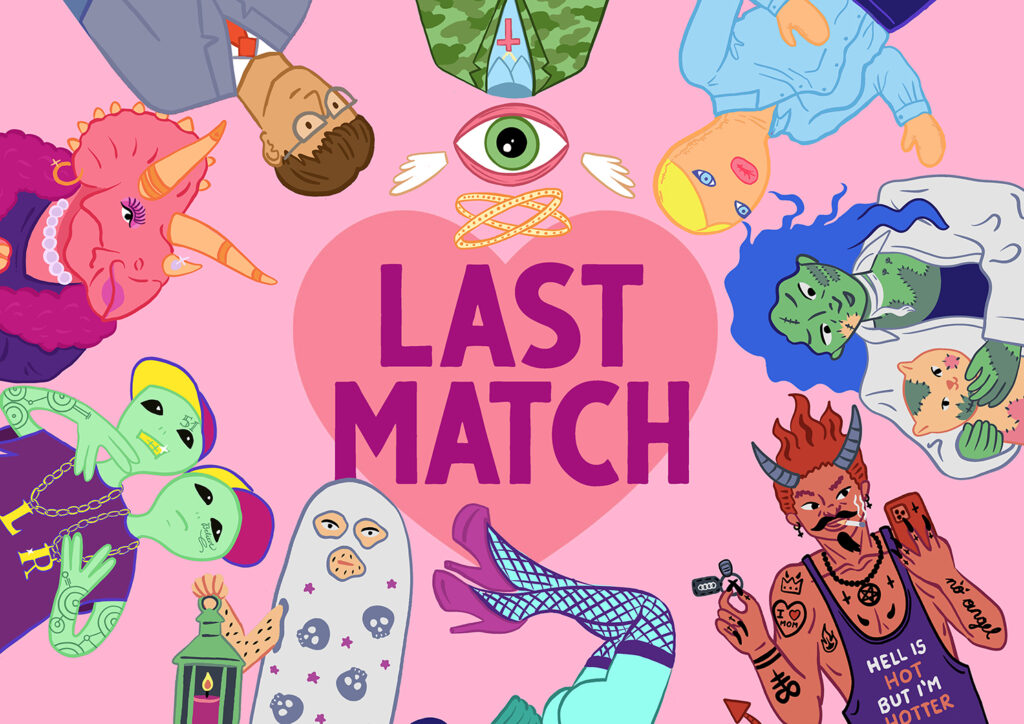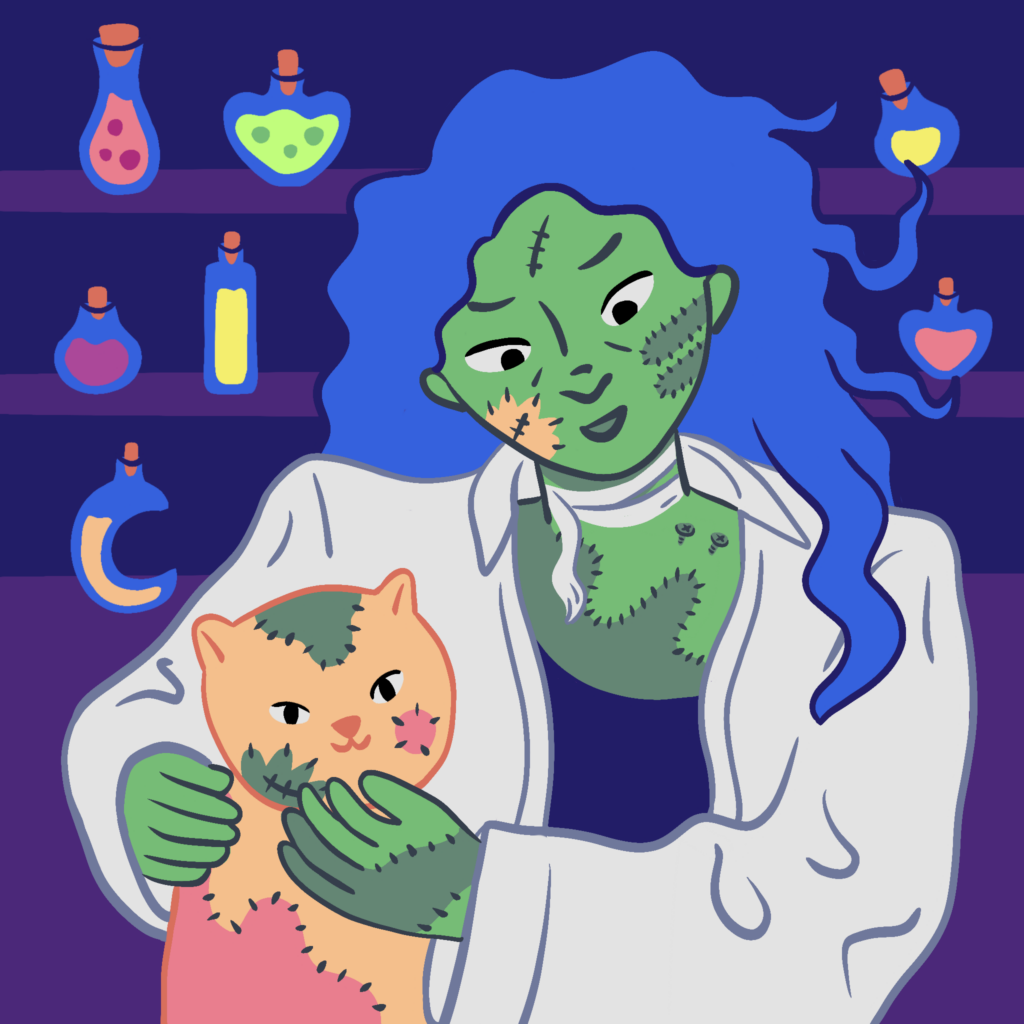Das vergangene Semester in “Design & Research 3” war für mich eine reichhaltige Reise voller inspirierender Impulse. Der Besuch von verschiedenen Events, von Kunstausstellungen über Märchenhafte Stadtrundgänge bis hin zu TED Talks über Augmented Reality, eröffnete mir neue Perspektiven und regte meine Kreativität an.
Die faszinierende Welt der Augmented Reality wurde mir besonders durch das Klanglicht-Event in Graz nähergebracht. Die eindrucksvollen Installationen zeigten mir, wie diese Technologie Menschen unterschiedlichen Alters in ihren Bann ziehen kann. Besonders beeindruckend war die Verbindung von Kunst, Klang und Licht, die mich dazu anregte, über die Beziehung zwischen Mensch, Kunst und Umwelt nachzudenken.
Ein zauberhafter Rundgang durch Marburg an der Lahn (Deutschland), inspiriert von den Märchen der Gebrüder Grimm, eröffnete mir eine neue Perspektive auf die malerische Stadt. Die Idee, Augmented Reality in die Märchenwelt zu integrieren, weckte meine Neugier und ließ mich über interaktive und lebendige Geschichten nachdenken.
Die Reise durch das Freilichtmuseum in Stübing war eine Zeitreise durch verschiedene Epochen der ländlichen Lebensweise. Die Begegnung mit traditionellen Handwerkskünsten und lebendigen Geschichten vergangener Zeiten inspirierte mich dazu, über die Verbindung von Kultur und Geschichte nachzudenken. Die Idee von Augmented Reality, um historische Szenen zum Leben zu erwecken, eröffnete eine spannende Perspektive.
Die TED Talks über Augmented Reality von David Rapien, Ulan Dakeev und Jak Wilmot gaben mir Einblicke in die transformative Kraft dieser Technologie. Die Potenziale für Bildung, Wirtschaft und den täglichen Lebensalltag wurden aufgezeigt und regten mich dazu an, über die Zukunft dieser Technologien nachzudenken.
Die Erstellung eines analogen Inspirationsjournals ermöglichte mir, kreativ und offen neue Ideen zu erforschen. Diese analoge Herangehensweise betonte die Bedeutung von Handschrift und persönlichem Ausdruck, was mich dazu inspirierte, auch andere Projekte analog anzugehen.
Der Besuch der Fotoausstellung im Kunsthaus Graz zeigte mir, wie die Integration von Augmented Reality in Kunstausstellungen eine zusätzliche Dimension schaffen kann. Die Vorstellung, dass digitale Schichten von Informationen und Geschichten durch AR auf Kunstwerken zum Leben erweckt werden könnten, öffnete meine Augen für die Möglichkeiten der digitalen und physischen Verbindung.
Die Ausstellung “The Other: Re-Imagine the Future” ermutigte mich, über Identität, Gemeinschaft und Zukunft nachzudenken. Die Herausforderung, das “Andere” zu reflektieren, öffnete mir neue Perspektiven auf die Welt um mich herum und regte mich dazu an, alternative Vorstellungen zu erkunden.
Die Ausstellung “Sol LeWitt’s Wall. Performed” brachte mir das Konzept der Abgrenzung näher. Die Überlegung, wie Augmented Reality hier eine interaktive Schicht hinzufügen könnte, um die Wahrnehmung der Wand zu erweitern, war besonders inspirierend.
Außerdem war das vergangene Semester war eine Reise der Entdeckungen und Entscheidungen in meiner akademischen Forschungsreise. Anfangs stand ich vor der Herausforderung, das richtige Forschungsthema zu finden und Zweifel an meiner Ausrichtung zu überwinden. Nach einem inspirierenden Gespräch mit Gabi Lechner erlangte ich Klarheit über meinen Weg.
Meine anfängliche Unsicherheit, ob Augmented Reality (AR) im Kunstbereich das richtige Thema für meine Masterarbeit ist, wich einer neuen Perspektive. Gabi brachte überzeugende Gründe vor, warum andere potenzielle Forschungsrichtungen, wie Illustrationen und nachhaltiges Design, möglicherweise nicht die ideale Lösung sind. Die Illustration könnte an Neuartigkeit verloren haben, und beim nachhaltigen Design fehlte der Funke für einen überzeugenden Forschungsschwerpunkt.
Die Lösung zeichnete sich im Laufe unseres Gesprächs ab: AR in Kinderbüchern. Diese faszinierende Fusion meiner Leidenschaft für Illustrationen mit dem innovativen Potenzial von Augmented Reality wurde zu meinem klaren Forschungsfokus. Die Illustration bleibt ein wesentlicher Bestandteil, während die AR-Technologie in der Kinderliteratur innovative Möglichkeiten eröffnet.
In den letzten Wochen habe ich meine Forschungsrichtung weiter gefestigt. Das neue Jahr hat bereits begonnen, und ich habe spezifische Recherchen zu AR in Kinderbüchern gestartet. Die Erkenntnisse und Inspirationen, die ich bisher gesammelt habe, geben mir Zuversicht für den nächsten Abschnitt meiner Forschungsreise.
Das vergangene Semester war eine Zeit des Suchens, Zweifelns und Schließlich-Findens. Die Klarheit über mein Forschungsthema und die spannende Entdeckung von AR in Kinderbüchern versprechen eine aufregende Reise in die Welt der Kunst und Technologie für meine Masterarbeit.








